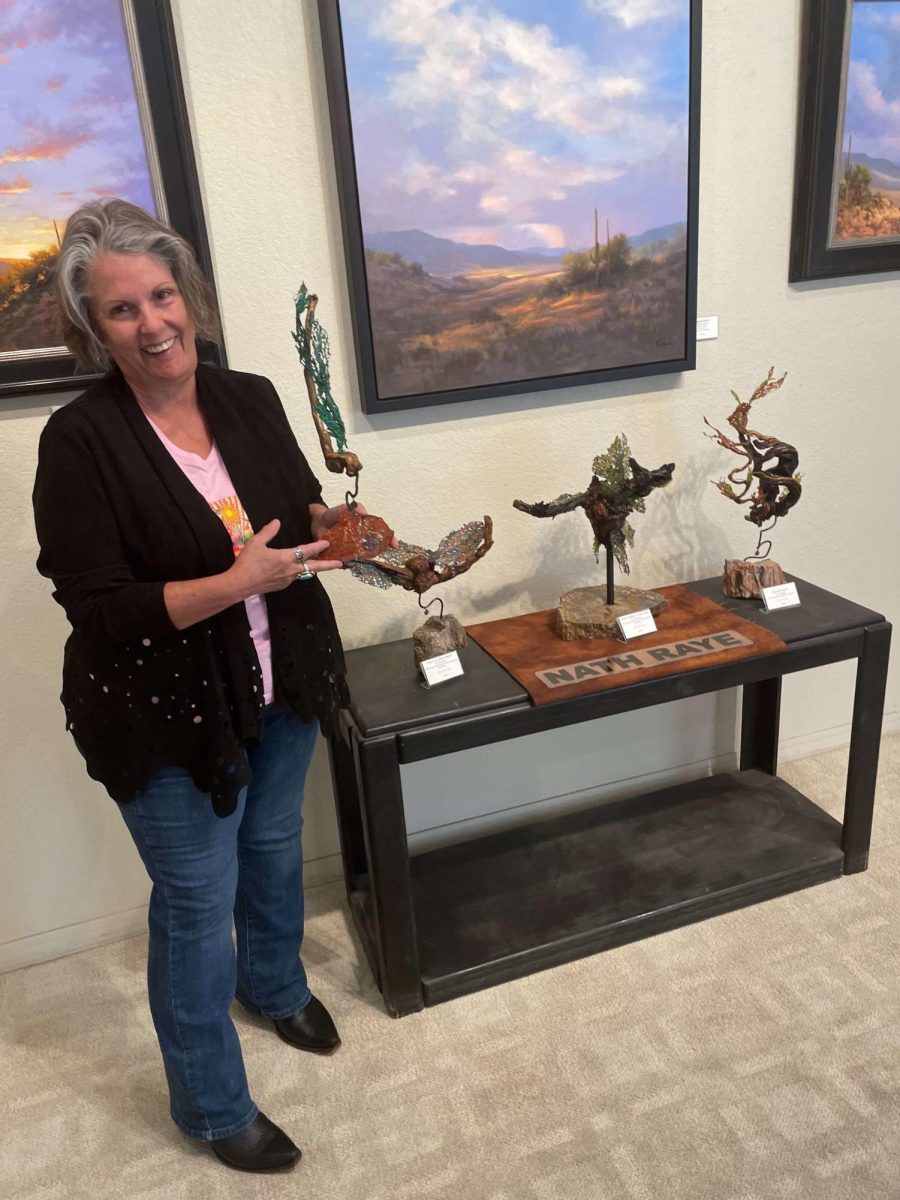The Huachuca Mountains are now home to the oldest known ocelot in America, according to researchers with the University of Arizona Jaguar and Ocelot Monitoring Team.
Based on their past sightings and research, the male ocelot, spotted in February, is 14 years old. UA researchers have been monitoring the cat since it was first sighted on May 4, 2012, when the cat was believed to be 2.
Researchers determined the ocelot’s age in 2012 because it was separated from its mother, which usually happens by age 2.
This discovery surpasses the typical lifespan of wild ocelots, generally between 8 and 12 years old, said Susan Malusa, project manager for the Jaguar and Ocelot Monitoring program.
The data collected over the past 12 years, combined with the ocelot’s adult status upon arrival in Arizona, strongly suggests its current age.
“This ocelot’s longevity is a testament to the quality of habitat available in Southern Arizona’s Huachuca Mountains,” said Melanie Culver, the co-coordinator of the Wild Cat Research and Conservation Center, which uses volunteers to do most of its research. “The ocelot has also coexisted with other endangered species during its time in the Huachucas, including two male jaguars and two other male ocelots.”

The team’s long-term monitoring efforts have documented a total of four ocelots over the past 12 years and have collected and analyzed over 55 ocelot photo detections. Their work has also identified crucial information for conservation efforts, including the importance of healthy ecosystems and connectivity for ocelot populations.
“Each cat has a unique spot pattern. An ocelot’s spot pattern is a lot like our fingerprints,” said Culver. Those patterns are what researchers used to identify the different animals.
According to their Wild Cat Research website, the citizen scientists successfully monitor 75-80 camera survey sites in over 10 mountain ranges in the southwestern United States.
The project relies heavily on the contributions of citizen scientists.
“Community input is crucial for conservation,” said Malusa. “Our citizen science program plays a vital role by building relationships with stakeholders, raising awareness, and contributing valuable data to our research.”
Arizona Sonoran News is a news service of the University of Arizona School of Journalism.









